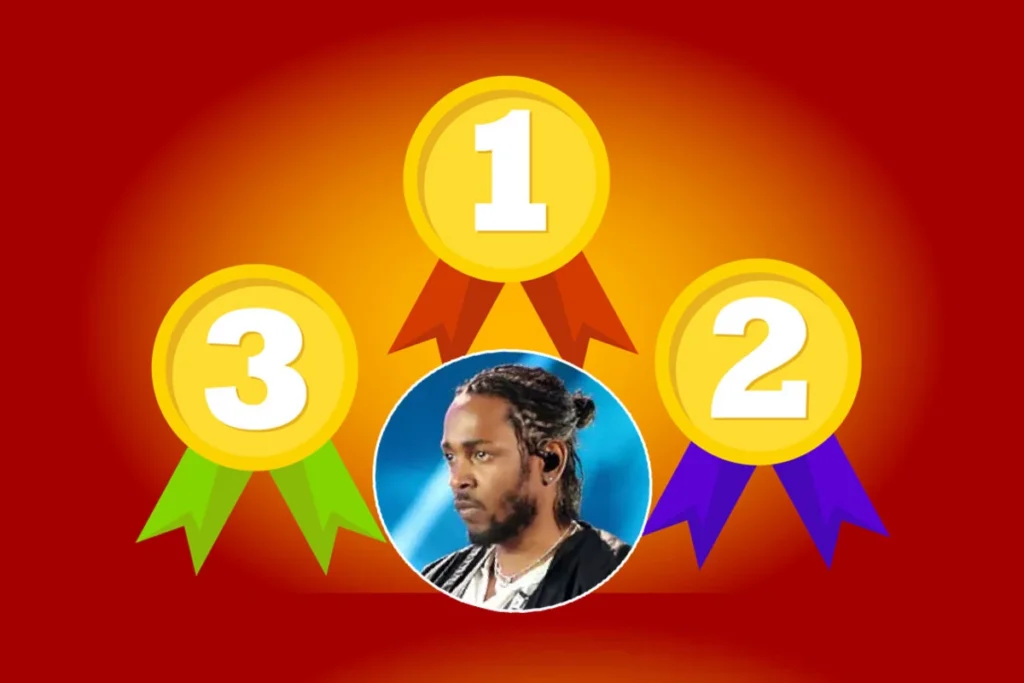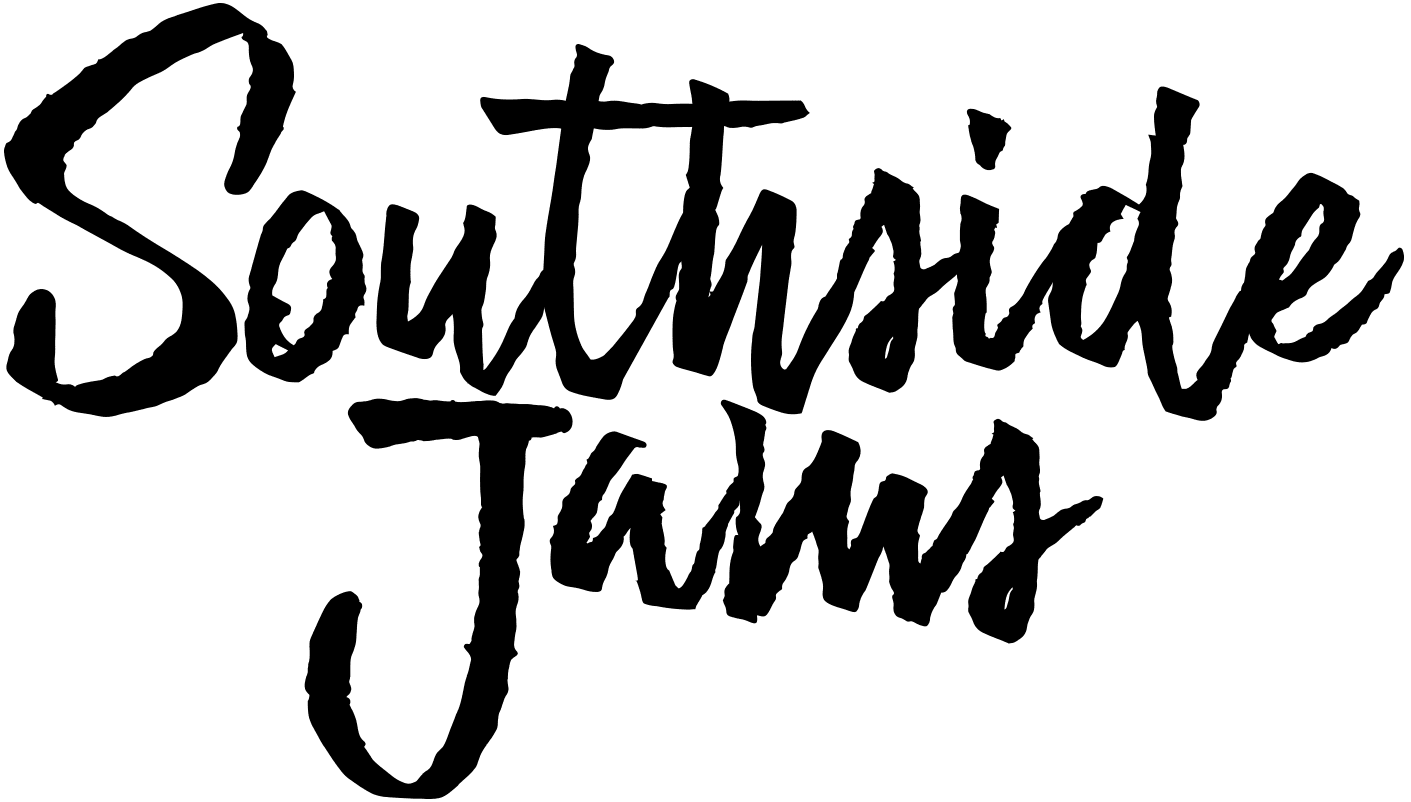The 10 Best Kendrick Lamar Songs Ranked

As one of the most celebrated rappers in history, Kendrick Lamar‘s catalog is nearly flawless. From 2011’s Section.80 through 2022’s Mr. Morale & The Big Steppers, Kendrick has continued to push the limits of what is possible in hip-hop. He’s emerged as a lyrical mastermind, compiling bars that not only reflect inward but commentate on systemic issues plaguing his community and the world. The vulnerability demonstrated across the mere five albums he’s released has secured him numerous awards and has already shot him to G.O.A.T. status. His recent dominating reign with “Not Like Us” solidifies him as the voice of a generation, and even as “the King of the West Coast,” according to Snoop Dogg.
In looking at what he’s had to offer for more than a decade, XXL has compiled a list of the 10 best Kendrick Lamar songs ever and ranked them all. Since K-Dot is such a multifaceted rapper, multiple qualifications were weighed when discussing which songs should make the cut. The final selections include tracks that changed the face of hip-hop culture, lyrically dazzled listeners and provoked conversations among fans that continue on till this day. The songs here appear across several of his albums.
The top few tracks also dominated the charts and could be heard anywhere and everywhere during their reign, but that’s not all the 10 picks represent. Many of these tracks also reached outside the confines of hip-hop, leaving an impact on those outside the culture. With Kendrick’s wide-reaching ability as a Pulitzer Prize-winning rapper, these songs best encapsulate K-Dot’s creative force.
See the ranking of Kendrick Lamar’s 10 best songs below.
-
10
“m.A.A.d city”
Kendrick Lamar featuring MC Eiht
One of Kendrick’s more intense songs, 2012’s “m.A.A.d City’s” got enough bite to keep people raging the night away at the club. It’s also got plenty of lyrical edge to appease even the densest lyrical rap fan. Throughout the track, Kendrick paints a disturbing and detailed vision of a crime-ridden Compton, elaborating on how violence and crime impacted his growth as a young man.
Produced by Sounwave and Terrace Martin, the song’s shifting trap-infused production hits like a dose of 5-Hour Energy, propelling Kendrick into a state of near hysteria as he tries to keep up. It’s a rambunctious track that Kendrick continues to play at his shows, and for good reason.
-
9
“A.D.H.D”
Kendrick Lamar
“You know why we crack babies/Because we born in the ’80s,” Kendrick raps over Sounwave’s dreamy backdrop on “A.D.H.D,” connecting his generation’s addiction to the impact of the crack epidemic. For lyrical rap fans, Section.80‘s “A.D.H.D” was the first Kendrick Lamar song to turn everyone’s heads. Released in 2011, a whole year before Kendrick’s good kid, m.A.A.d city would put him on the world stage, “A.D.H.D” is seen by many as the K-Dot song that started it all.
The lyrics are a nod to the album’s title, which is a play on section 8 low-income housing as well as a reference to those born in the 1980s. For a young rapper to traverse such complex themes so early on in his career, and do so in such a catchy way, was practically unheard of at the time, and still is.
-
8
“Bitch, Don’t Kill My Vibe”
Kendrick Lamar
Another song praised for its relatability, 2012’s “Bitch, Don’t Kill My Vibe” speaks on a sentiment that everyone has experienced: life is tough, so don’t run its brief moments of reprieve. Throughout the second track on good kid, m.A.A.d city, Kendrick sounds drained as he raps about the struggle that comes with trying to maintain authenticity in a world determined to suck away creative energy.
Anyone with a dream can relate to the themes described in “Bitch, Don’t Kill My Vibe,” and Sounwave’s funky production drives home the thoughts that all people want is to relax and live well. All of the above is likely why the song peaked at No. 32 on the Billboard Hot 100.
-
7
“Money Trees”
Kendrick Lamar featuring Jay Rock
Following good kid‘s release in 2012, Kendrick Lamar’s “Money Trees” became a fan favorite almost immediately. It was many people’s first introduction to Jay Rock, whose forceful, authoritative delivery and gritty bars about navigating the American dream in Compton made his guest appearance the best on the project. To this day, “Money Trees” remains a masterclass in reflective and immersive storytelling, as Kendrick balances his dire need for quick cash with the cruel impact that comes with chasing that cash.
Driven by DJ Dahi’s unsettling Beach House sample and textured interlopings of Lamar’s “Cartoon and Cereal” with E-40‘s “Big Ballin With My Homies,” “Money Trees” still remains a beloved track that has aged like fine wine.
-
6
“Swimming Pools (Drank)”
Kendrick Lamar
Outside of the culture, “Swimming Pools (Drank)” is the song that also introduced a lot of newbies to Kendrick Lamar. As the lead single off 2012’s good kid, m.A.A.d city, the track is not only a compelling and empathetic view of alcohol addiction, it’s also catchy as hell when played at a party. T-Minus’ crisp high-hats and ethereal production embody the feeling that comes from being too messed up but drinking shots anyway. Ironically, the song’s repetitive hook can be turned into a pretty fun drinking game, too, which may have helped it peak at No. 17 on the Billboard Hot 100.
In the verses, K-Dot balances his understanding of why alcohol is fun with the sinister underbelly of addiction, which helps keep the song from delving into grim and depressing territory. The lure of alcohol is a relatable struggle for many, and “Swimming Pools (Drank)” encapsulates the feeling of how hard it is to not overindulge.
-
5
“Sing About Me, I’m Dying of Thirst”
Kendrick Lamar
This cherished 12-minute deep-cut off 2012’s good kid, m.A.A.d city can be dissected and talked about to death. Kendrick approaches the track from three different perspectives and closes out with his own as he grapples with the responsibility that comes with preserving other people’s stories in his music. Is it exploitative or honest? There’s no clear answer, as Kendrick closes out rapping about his death and merely hoping to leave something good behind.
Aided by the minimalist production from Sounwave and Skhye Hutch, “Sing About Me, I’m Dying of Thirst” is a raw and honest portrayal of the man behind the rapper. Kendrick is struggling to come to terms with the fact that his music is no longer his own now that it’s out in the world. His songs will live on after his death, and all he can do is hope that it makes a positive impact on the world.
-
4
“Humble.”
Kendrick Lamar
Similar to the way “Backseat Freestyle” morphed into a standalone moment, “Humble.” began to dominate both the charts, the radio and the cultural conversation almost immediately after Kendrick dropped it in 2017. The effort also became Kendrick’s first chart-topper, debuting at No. 1 on the Billboard Hot 100 in May of that year.
The success made sense considering “Humble.” has everything any fan would want from a Kendrick Lamar song. He demands his foes be humble while boasting himself to be a legend, he ruminates on superficial beauty standards in America and critiques the superficiality of the music industry. He also reflects on his journey to stardom while closing out with the importance of staying grounded. The dizzying beat, produced by Pluss and Mike WiLL Made-It, also put a battery at Kendrick’s back as his flow twists and turns.
-
3
“Backseat Freestyle”
Kendrick Lamar’s “Backseat Freestyle” ironically serves as a breath of fresh air in between the weighty themes juggled on his 2012 debut, good kid, m.A.A.d city. The song leaked shortly before the album’s release and quickly became a beloved cut off the project due to Kendrick’s ferocity on the mic. When put within the narrative arc of good kid, the song simultaneously channels the bravado of a young kid from Compton, while also addressing the intense scrutiny Black men face in America.
With Kendrick rapping in three different voices, “Backseat Freestyle” is a glorious show of strength from the MC. Hit-Boy‘s thumping bass and stinging snares serve as a gust of wind for Kendrick’s rhymes, pushing his breathless flow forward like the “vroom vroom” of a race car.
-
2
“Not Like Us”
Kendrick Lamar
Whether or not you were Team Kendrick or Team Drake in their beef, it is now impossible to deny the cultural and commercial impact of “Not Like Us.” Following its release in May this year, it became an inescapable anthem at summertime cookouts, parties and bars. The song could be heard at weddings, graduations, in the clubs, at boxing matches, soccer games, basketball games, baseball games, UFC fights and more. It unified the West Coast thanks to Kendrick’s five run-throughs of the song at his Pop Out Concert in June. Mustard’s lukewarm career was also revived thanks to his production.
Not to mention, the song remains a dominating force on the Billboard Hot 100, debuting at No. 1 and remaining steadily within the top five since May. “Not Like Us” remains Kendrick’s biggest song to date, and his biggest commercial moment as an MC.
-
1
“Alright”
Kendrick Lamar
Kendrick Lamar’s To Pimp a Butterfly anthem took on a life of its own following the 2016 election of Donald Trump. “Alright” emerged from the embers of a deeply controversial election as a honing beacon for civil justice and, more specifically, the Black Lives Matter movement. The hook “We gon’ be alright” also became a unifying mantra for everyone scared of what a Trump presidency would entail.
“Alright” soundtracked protests and was lodged in the back of everyone’s subconscious for years after its release in 2015. In a time when people needed reassurance, Kendrick’s “Alright” helped everyone keep a steady hand as they tried to remain calm through some of the most stressful moments in American history. Lodged in an album focused on battling demons and finding a higher calling, Kendrick Lamar’s forceful tone in “Alright” helped everyone have faith in a brighter future.
